Home>Furniture & Design>Bathroom Accessories>How Dirty Is Your Toothbrush?
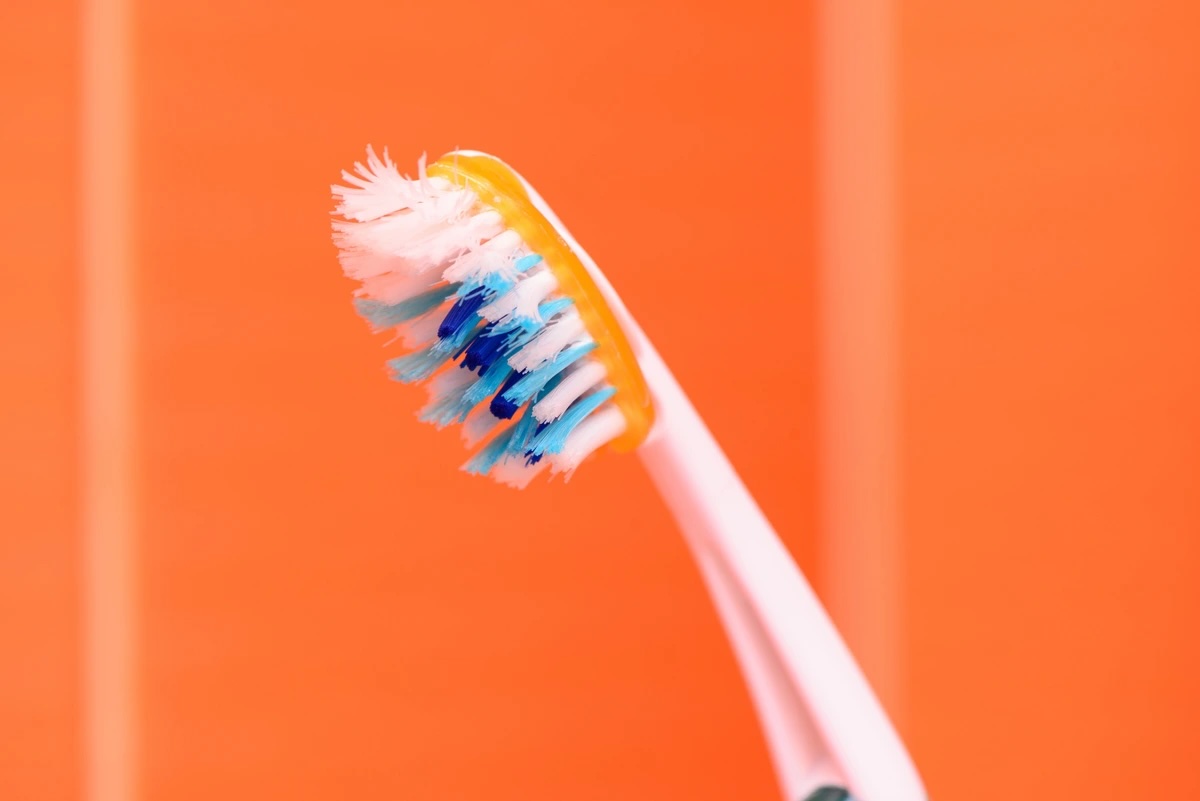

Bathroom Accessories
How Dirty Is Your Toothbrush?
Modified: October 18, 2024
Keep your bathroom accessories clean and hygienic. Discover how to maintain a germ-free toothbrush for better oral health.
(Many of the links in this article redirect to a specific reviewed product. Your purchase of these products through affiliate links helps to generate commission for Storables.com, at no extra cost. Learn more)
Introduction
Your toothbrush is an essential tool for maintaining good oral hygiene, but have you ever stopped to consider how clean it really is? The truth is, toothbrushes can harbor a surprising amount of bacteria and germs, posing potential risks to your oral health. Understanding the factors that contribute to toothbrush contamination, the common bacteria found on toothbrushes, and the risks associated with using a dirty toothbrush is crucial for maintaining a healthy oral care routine.
When it comes to oral hygiene, the focus is often on brushing techniques and the importance of regular dental check-ups. However, the cleanliness of the tool itself – the toothbrush – is equally significant. Toothbrushes can easily become contaminated with bacteria, viruses, and other microorganisms, especially if proper care and maintenance are not observed.
In this article, we will delve into the factors that contribute to toothbrush contamination, shedding light on the common bacteria found on toothbrushes and the potential risks associated with using a dirty toothbrush. Furthermore, we will provide practical tips for keeping your toothbrush clean and maintaining optimal oral hygiene. By understanding the importance of toothbrush cleanliness and implementing effective cleaning practices, you can safeguard your oral health and promote a healthier lifestyle.
Key Takeaways:
- Keep your toothbrush clean to avoid harmful bacteria. Rinse, air dry, and store it away from the toilet. Regular replacement and separate storage help maintain a healthy smile.
- Dirty toothbrushes can reintroduce harmful bacteria, impacting oral and overall health. Follow practical tips for clean storage and regular replacement to promote better oral hygiene.
Read more: How To Store Your Toothbrush
Factors that Contribute to Toothbrush Contamination
The environment in which toothbrushes are stored and the way they are used play a significant role in their potential for contamination. Understanding these factors is crucial for maintaining a clean toothbrush and promoting good oral hygiene.
-
Storage Conditions: The way a toothbrush is stored can greatly impact its susceptibility to contamination. When toothbrushes are stored in a damp environment, such as a closed container or a moist bathroom, they become breeding grounds for bacteria. Additionally, if multiple toothbrushes are stored in close proximity, the risk of cross-contamination increases.
-
Proximity to Toilet: Studies have shown that flushing the toilet can release a fine mist of bacteria and viruses into the air, potentially landing on nearby surfaces, including toothbrushes. If a toothbrush is stored in close proximity to the toilet, it may become contaminated with these microorganisms.
-
Frequency of Use: The frequency with which a toothbrush is used can impact its contamination level. Regular use can lead to the accumulation of bacteria and other microorganisms on the bristles, especially if the toothbrush is not properly cleaned and dried between uses.
-
Improper Cleaning: Inadequate cleaning of toothbrushes can contribute to contamination. If toothbrushes are not rinsed thoroughly after use or if they are not allowed to air dry properly, bacteria and other germs can thrive on the moist bristles.
-
Shared Storage: When multiple toothbrushes are stored together in a shared holder or container, there is a higher likelihood of cross-contamination. This is particularly true if the toothbrushes come into contact with each other, allowing bacteria to transfer from one brush to another.
By being mindful of these factors and implementing proper toothbrush storage and cleaning practices, individuals can reduce the risk of contamination and maintain a cleaner, healthier toothbrush.
Common Bacteria Found on Toothbrushes
The bristles of toothbrushes can serve as a breeding ground for various types of bacteria, some of which are commonly found in the oral cavity and others that may be introduced from external sources. Understanding the common bacteria found on toothbrushes is essential for recognizing potential health risks and implementing effective cleaning practices.
-
Streptococcus mutans: This bacterium is a common inhabitant of the human mouth and is known for its role in the formation of dental plaque and tooth decay. When present on toothbrush bristles, Streptococcus mutans can contribute to the reintroduction of harmful bacteria into the oral cavity during brushing.
-
Porphyromonas gingivalis: Another prevalent bacterium found on toothbrushes, Porphyromonas gingivalis is associated with periodontal disease. Its presence on toothbrush bristles can pose a risk of reinfection or exacerbation of gum disease if proper cleaning measures are not observed.
-
Coliform Bacteria: Coliform bacteria, including E. coli, are commonly found in the environment and can be introduced to toothbrushes through contact with contaminated surfaces or improper storage. These bacteria can pose a risk of gastrointestinal illness if they come into contact with the oral mucosa during brushing.
-
Staphylococcus aureus: This bacterium is known for its potential to cause skin and soft tissue infections. When present on toothbrushes, Staphylococcus aureus can pose a risk of skin irritation or infection if it comes into contact with compromised skin or mucous membranes.
-
Candida albicans: A type of yeast commonly found in the oral cavity, Candida albicans can also colonize toothbrush bristles. Its presence can contribute to oral thrush or other yeast-related oral infections if the toothbrush is not properly cleaned and maintained.
It is important to note that while these bacteria are commonly found on toothbrushes, proper cleaning and storage practices can significantly reduce the risk of contamination. Regular rinsing, thorough drying, and proper storage in an upright position can help minimize the presence of these bacteria on toothbrush bristles, promoting a healthier oral care routine.
By being aware of the common bacteria found on toothbrushes and taking proactive steps to maintain a clean toothbrush, individuals can minimize the potential health risks associated with bacterial contamination and promote better oral hygiene.
Replace your toothbrush every 3-4 months, or sooner if the bristles are frayed. Rinse it thoroughly after each use and store it in an upright position to air dry.
Risks of Using a Dirty Toothbrush
Using a dirty toothbrush can pose significant risks to oral health and overall well-being. The accumulation of bacteria, viruses, and other microorganisms on toothbrush bristles can lead to a range of potential health concerns, emphasizing the importance of maintaining a clean toothbrush for optimal oral hygiene.
One of the primary risks associated with using a dirty toothbrush is the potential for reintroducing harmful bacteria into the oral cavity. When toothbrush bristles harbor bacteria such as Streptococcus mutans and Porphyromonas gingivalis, there is a heightened risk of reinfection or exacerbation of dental plaque, tooth decay, and gum disease. These bacteria can be reintroduced into the mouth during brushing, undermining efforts to maintain a healthy oral environment.
In addition to oral health concerns, the use of a contaminated toothbrush can also pose risks of systemic infection. Bacteria such as Staphylococcus aureus and coliform bacteria, if present on toothbrush bristles, can potentially cause skin and soft tissue infections or gastrointestinal illness if they come into contact with compromised skin or mucous membranes. This highlights the broader health implications of using a dirty toothbrush and underscores the importance of effective cleaning and maintenance practices.
Furthermore, the presence of yeast such as Candida albicans on toothbrush bristles can contribute to oral thrush and other yeast-related oral infections if the toothbrush is not properly cleaned and maintained. This presents an additional risk to oral health, emphasizing the need for thorough cleaning and maintenance of toothbrushes to minimize the presence of potentially harmful microorganisms.
Beyond the direct health risks, using a dirty toothbrush can also impact overall oral care effectiveness. Contaminated bristles may compromise the efficacy of brushing, potentially reducing the removal of plaque and food particles from the teeth and gums. This can hinder the maintenance of good oral hygiene and increase the risk of dental issues over time.
By understanding the risks associated with using a dirty toothbrush, individuals can recognize the importance of implementing effective cleaning and storage practices to maintain a clean and hygienic toothbrush. Through regular rinsing, thorough drying, and proper storage, the potential health risks associated with bacterial contamination can be minimized, promoting better oral hygiene and overall well-being.
Tips for Keeping Your Toothbrush Clean
Maintaining a clean toothbrush is essential for promoting optimal oral hygiene and minimizing the risk of bacterial contamination. By implementing effective cleaning and storage practices, individuals can ensure that their toothbrush remains a reliable tool for maintaining a healthy mouth. Here are some practical tips for keeping your toothbrush clean:
-
Thorough Rinsing: After each use, thoroughly rinse your toothbrush under running water to remove any remaining toothpaste, food particles, and saliva. This simple step helps to wash away potential sources of bacterial growth and ensures that the bristles are clean before the next use.
-
Air Drying: Allow your toothbrush to air dry in an upright position after rinsing. Placing the toothbrush in an upright position allows excess water to drain away from the bristles, promoting faster drying and minimizing the potential for bacterial growth in a moist environment.
-
Avoiding Closed Containers: Refrain from storing your toothbrush in closed containers or travel cases immediately after use. These enclosed spaces can trap moisture and create an environment conducive to bacterial proliferation. Instead, opt for open-air storage solutions that allow for proper ventilation and drying.
-
Separate Storage: If multiple toothbrushes are stored in the same holder or area, ensure that they are kept separate from one another to prevent cross-contamination. Providing adequate space between toothbrushes can help minimize the transfer of bacteria from one brush to another.
-
Regular Replacement: Replace your toothbrush every three to four months, or sooner if the bristles show signs of wear. Over time, toothbrush bristles can become frayed and less effective at removing plaque and debris from the teeth and gums. By replacing your toothbrush regularly, you can maintain optimal cleaning performance and minimize the risk of bacterial buildup.
-
Cleaning Toothbrush Holders: Periodically clean toothbrush holders or storage containers to remove any accumulated grime or moisture. Use warm, soapy water to wash the holder and allow it to dry thoroughly before placing toothbrushes back in the storage area.
-
Avoiding Toilet Proximity: Store your toothbrush away from the toilet and areas where it may be exposed to flushing aerosols. Keeping the toothbrush at a safe distance from potential sources of contamination can help minimize the risk of bacterial transfer.
By incorporating these tips into your oral care routine, you can effectively maintain a clean and hygienic toothbrush, reducing the potential for bacterial contamination and promoting better oral health. Remember that a clean toothbrush is an essential component of a comprehensive oral care regimen, and by prioritizing proper cleaning and storage practices, you can ensure that your toothbrush remains a reliable tool for maintaining a healthy smile.
Read more: How To Clean Your Electric Toothbrush
Conclusion
In conclusion, the cleanliness of your toothbrush plays a crucial role in maintaining optimal oral hygiene and safeguarding your overall well-being. The factors that contribute to toothbrush contamination, including storage conditions, proximity to the toilet, frequency of use, improper cleaning, and shared storage, underscore the importance of implementing effective cleaning and storage practices. By being mindful of these factors and taking proactive steps to maintain a clean toothbrush, individuals can minimize the risk of bacterial contamination and promote a healthier oral care routine.
Understanding the common bacteria found on toothbrushes, such as Streptococcus mutans, Porphyromonas gingivalis, coliform bacteria, Staphylococcus aureus, and Candida albicans, highlights the potential health risks associated with using a dirty toothbrush. These microorganisms can pose risks to oral health, systemic well-being, and the overall effectiveness of oral care. However, by incorporating practical tips for keeping your toothbrush clean, such as thorough rinsing, air drying, avoiding closed containers, separate storage, regular replacement, cleaning toothbrush holders, and avoiding toilet proximity, individuals can maintain a hygienic toothbrush and minimize the presence of harmful bacteria.
It is essential to recognize the broader implications of using a dirty toothbrush, as it can lead to the reintroduction of harmful bacteria into the oral cavity, pose risks of systemic infection, and impact overall oral care effectiveness. By prioritizing proper cleaning and storage practices, individuals can ensure that their toothbrush remains a reliable tool for maintaining a healthy smile and reducing the potential health risks associated with bacterial contamination.
Ultimately, maintaining a clean toothbrush is a fundamental aspect of a comprehensive oral care regimen. By incorporating effective cleaning and storage practices into your daily routine, you can promote better oral hygiene, minimize the risk of bacterial contamination, and contribute to a healthier lifestyle. Remember, a clean toothbrush is not only essential for a bright smile but also for the overall well-being of your oral health.
Frequently Asked Questions about How Dirty Is Your Toothbrush?
Was this page helpful?
At Storables.com, we guarantee accurate and reliable information. Our content, validated by Expert Board Contributors, is crafted following stringent Editorial Policies. We're committed to providing you with well-researched, expert-backed insights for all your informational needs.

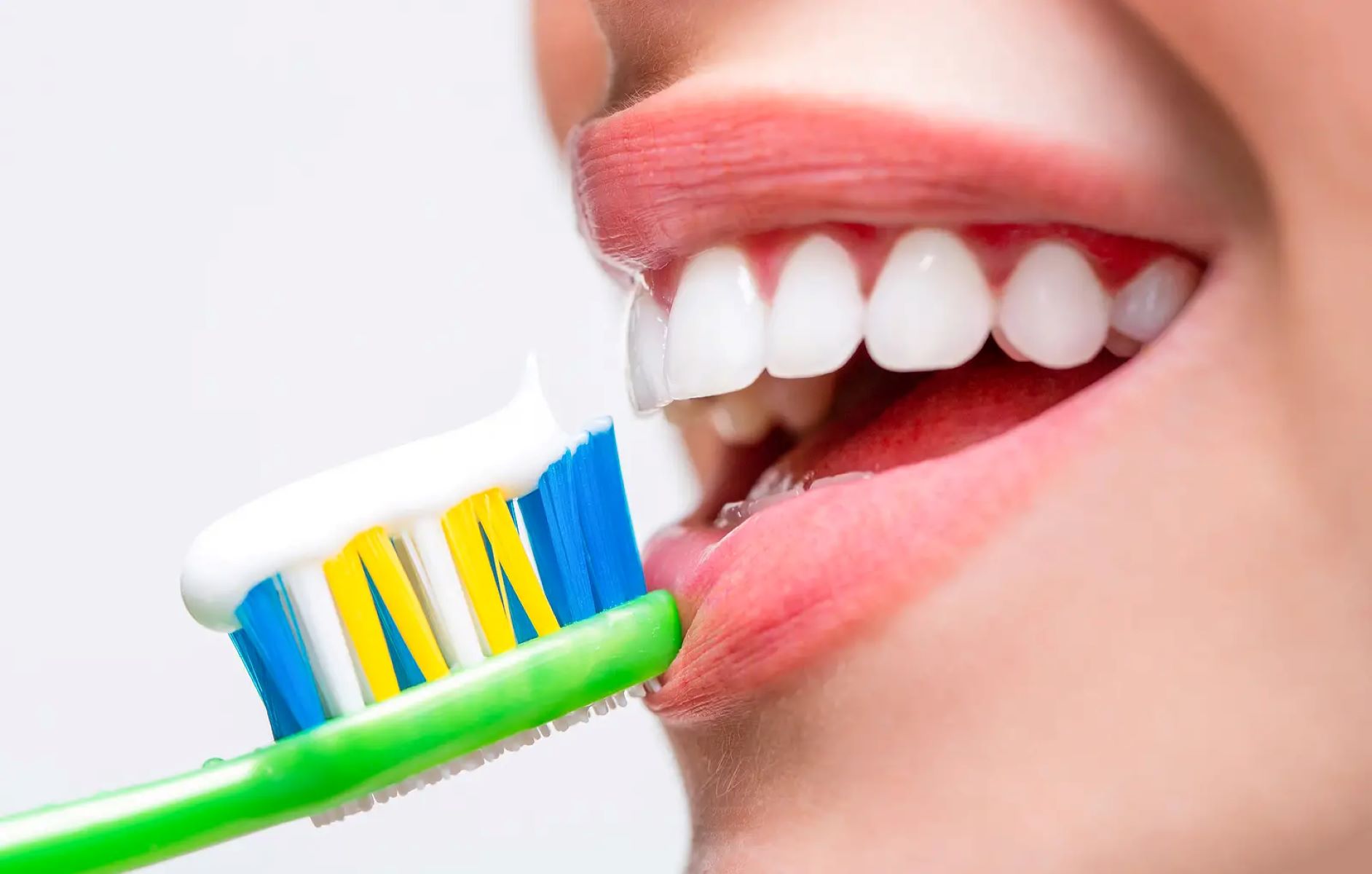

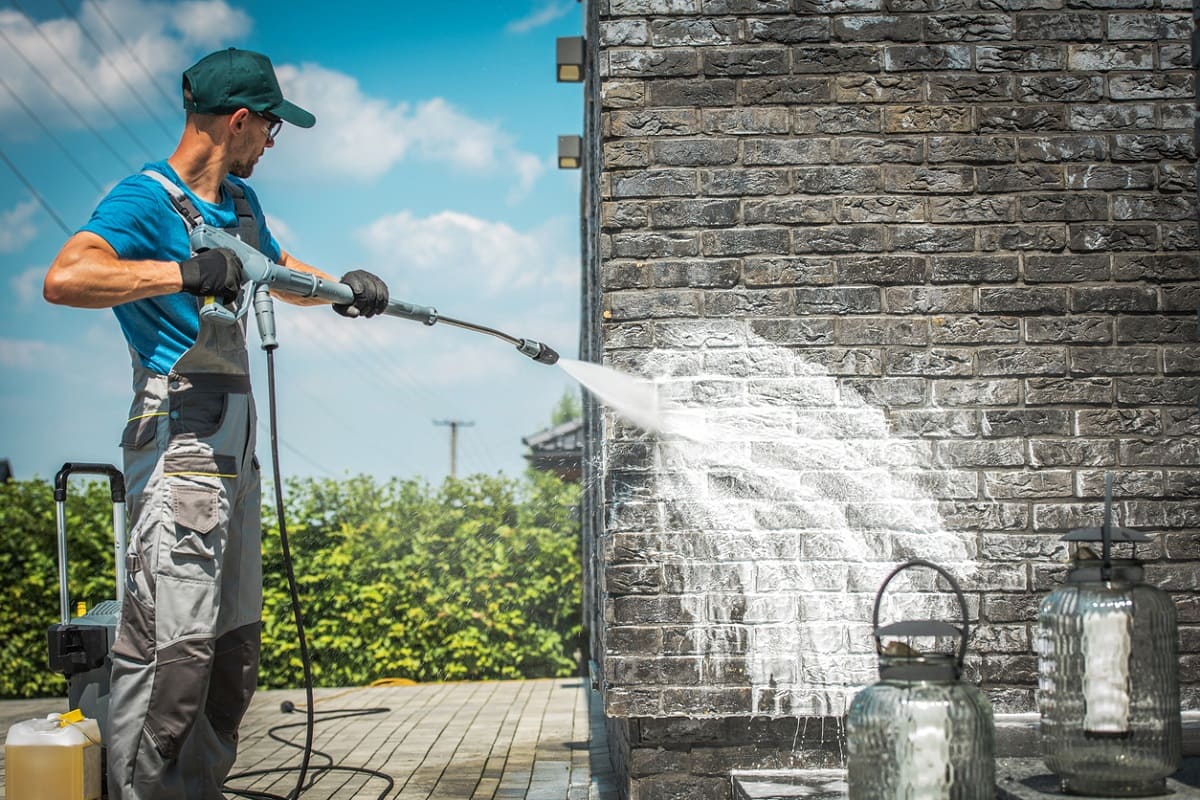
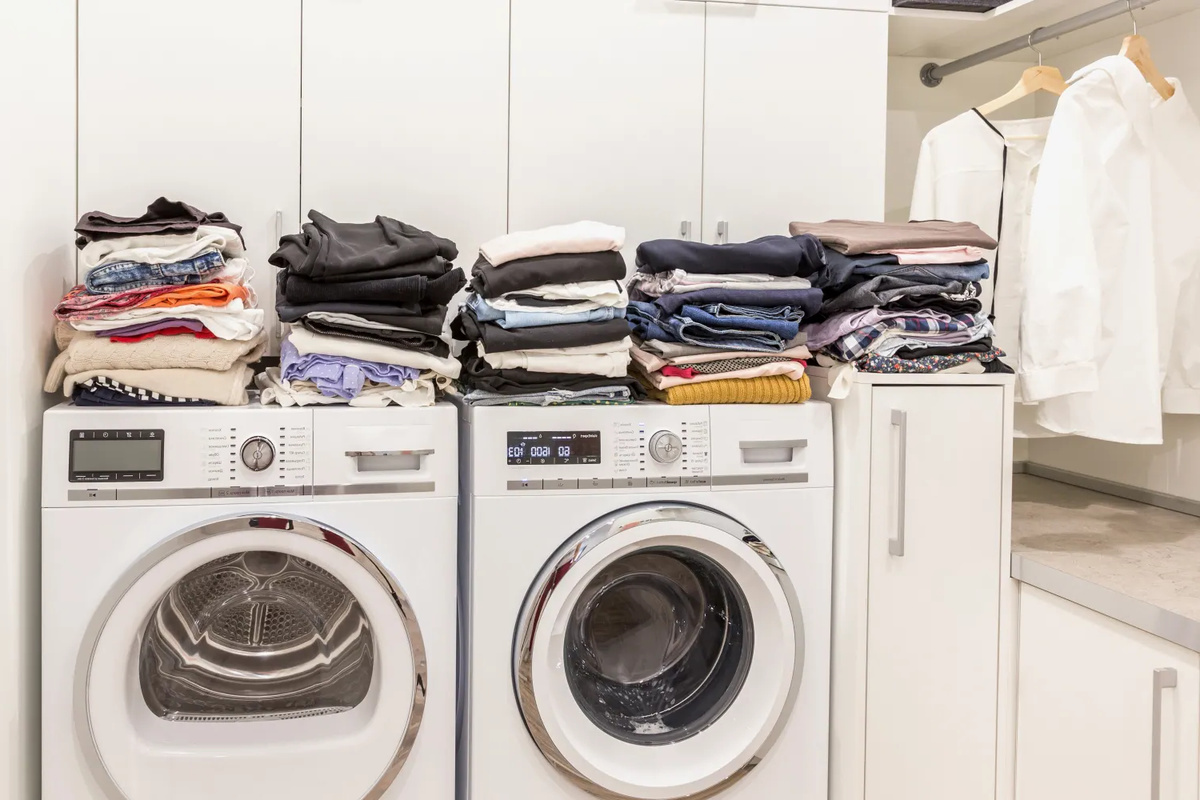

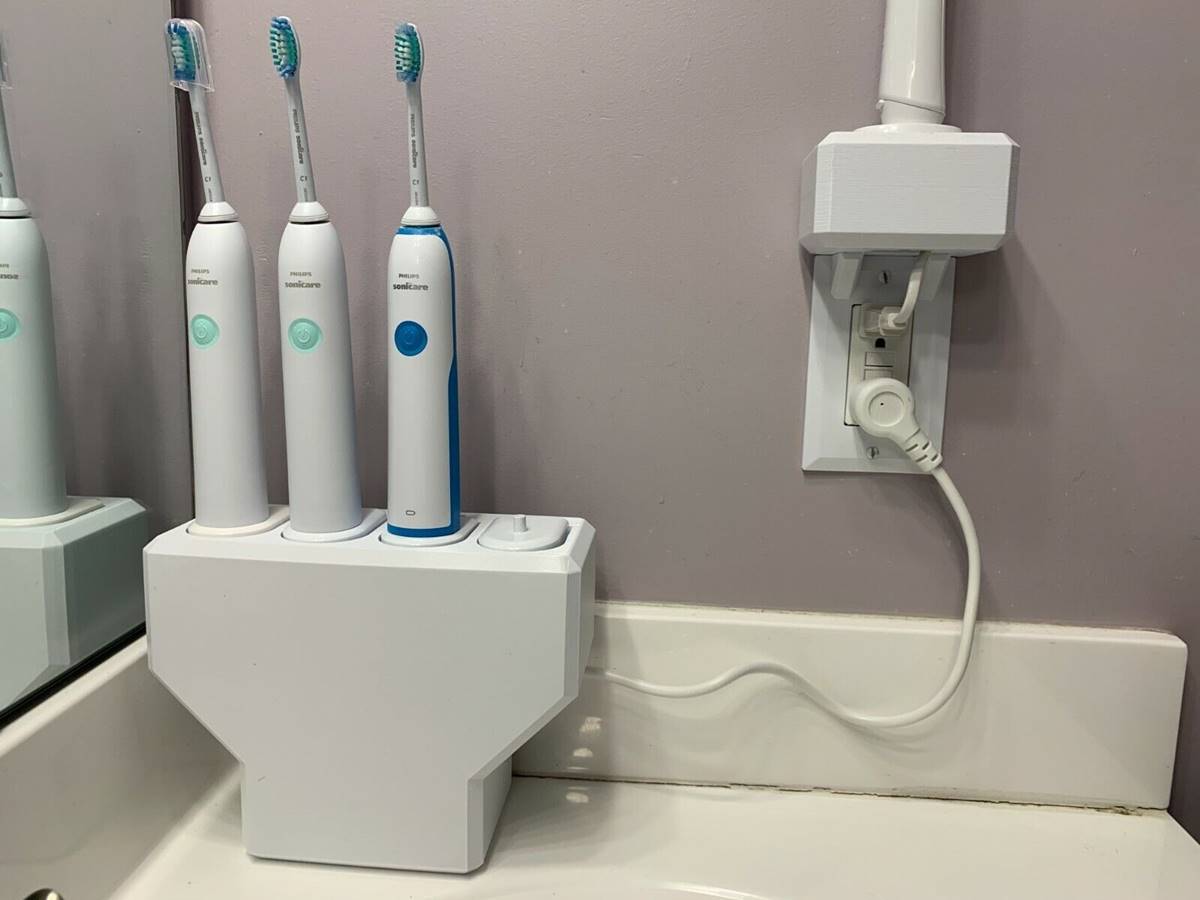
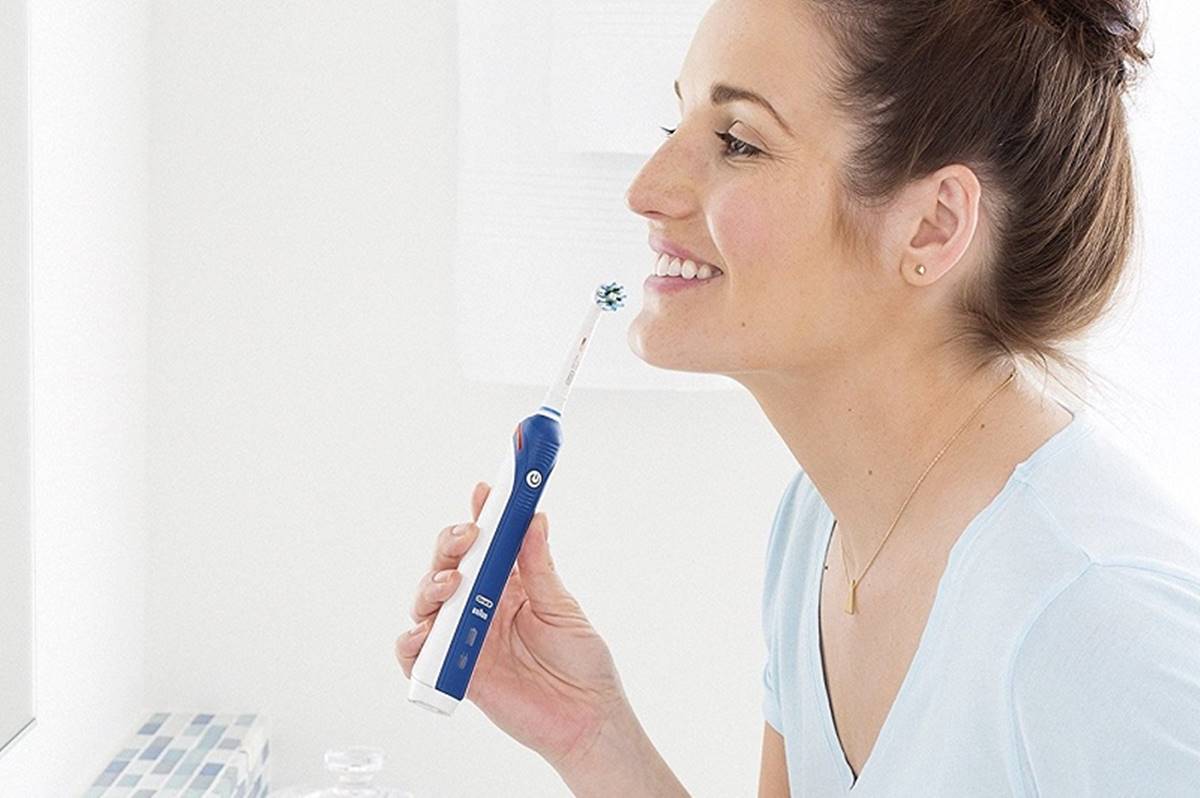
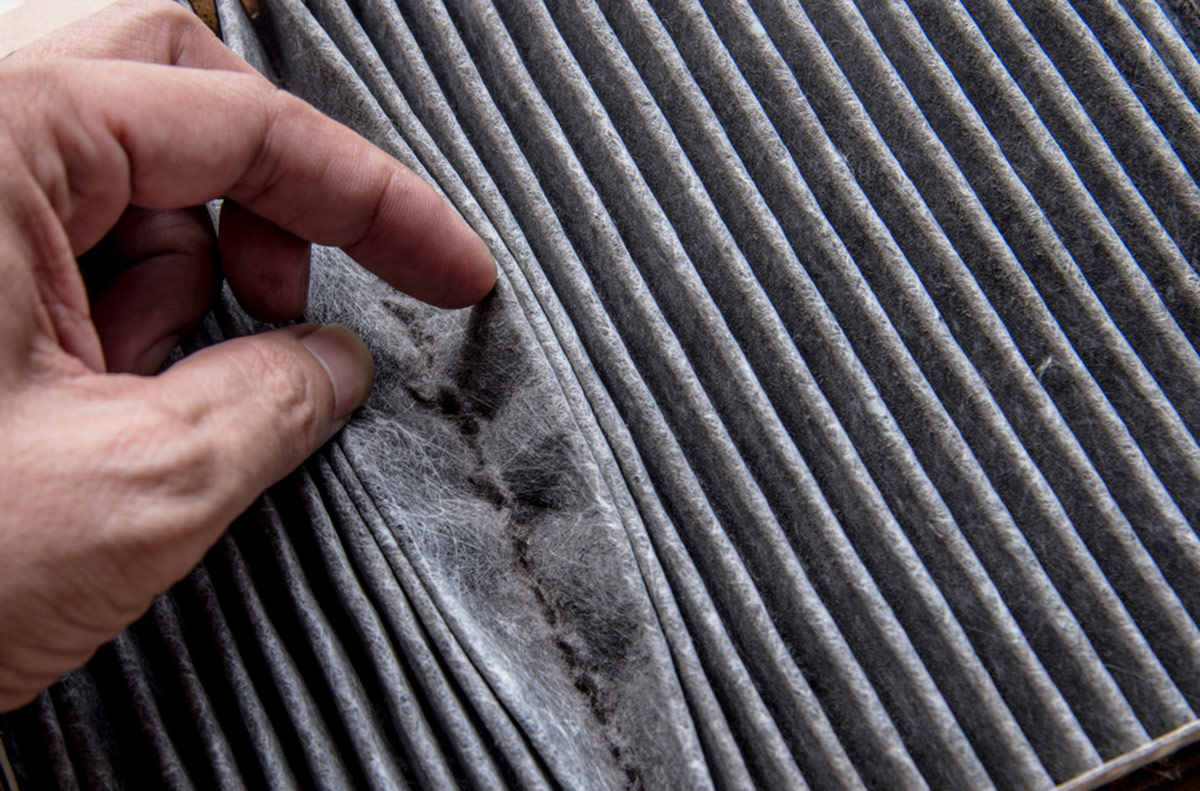
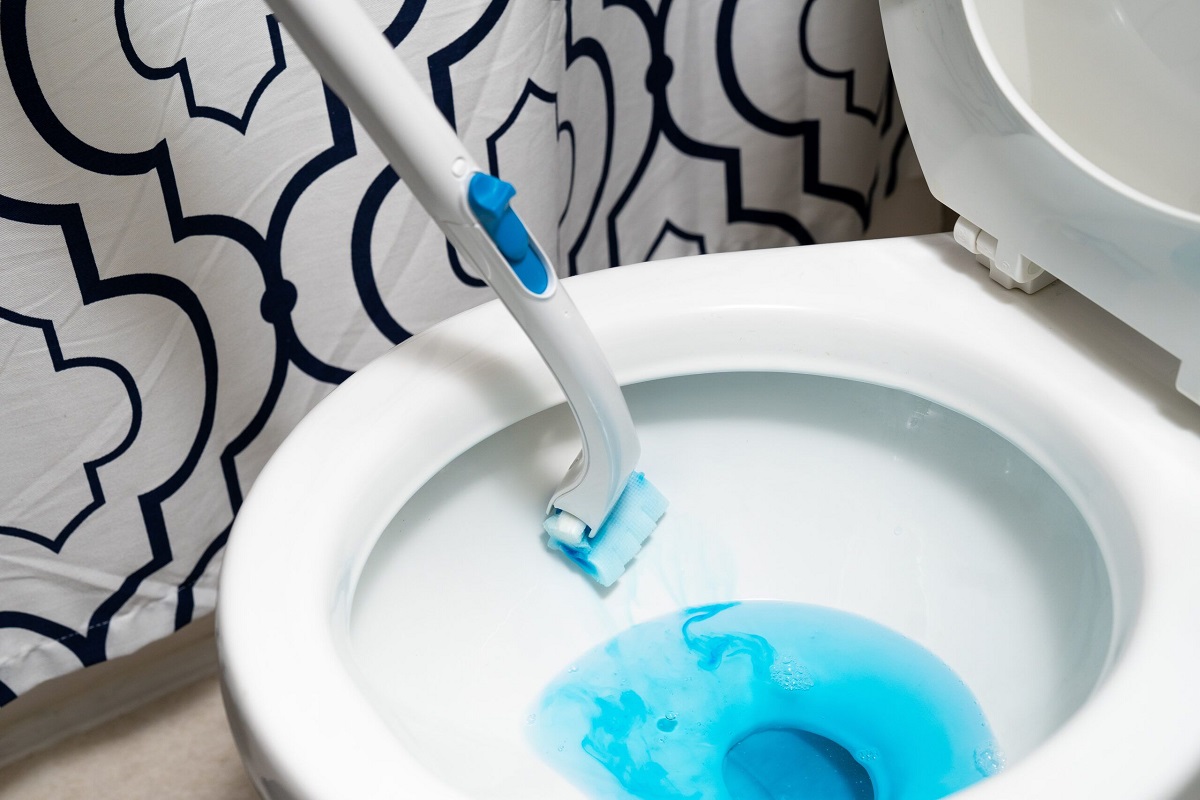
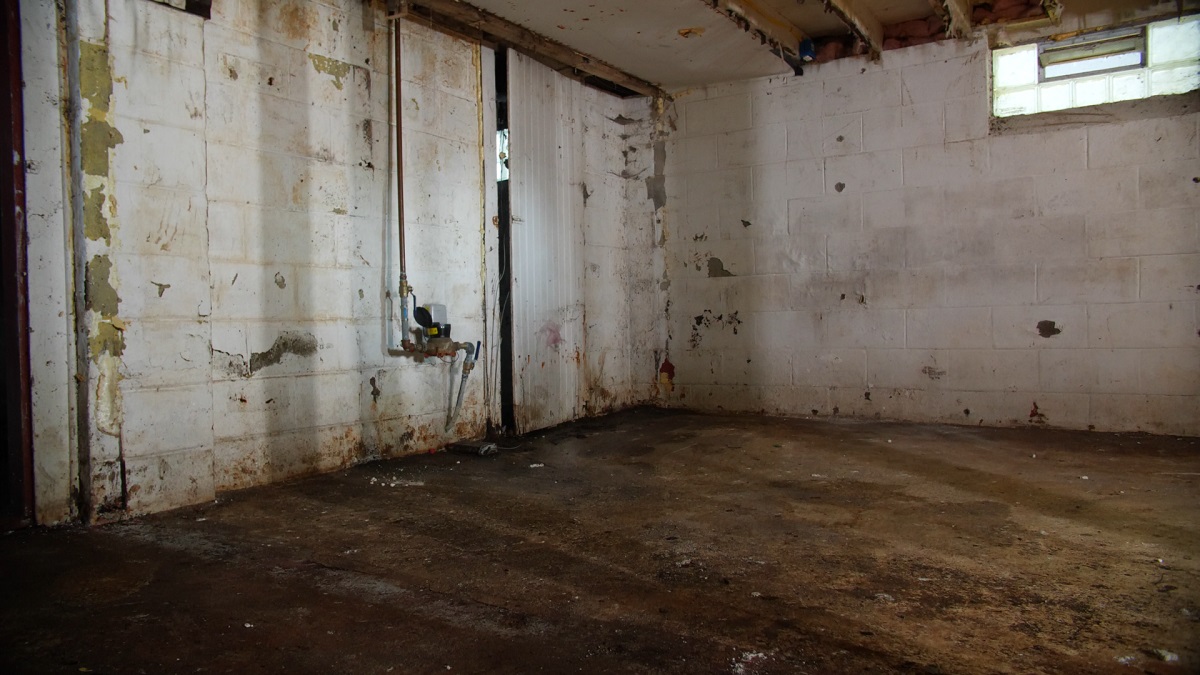
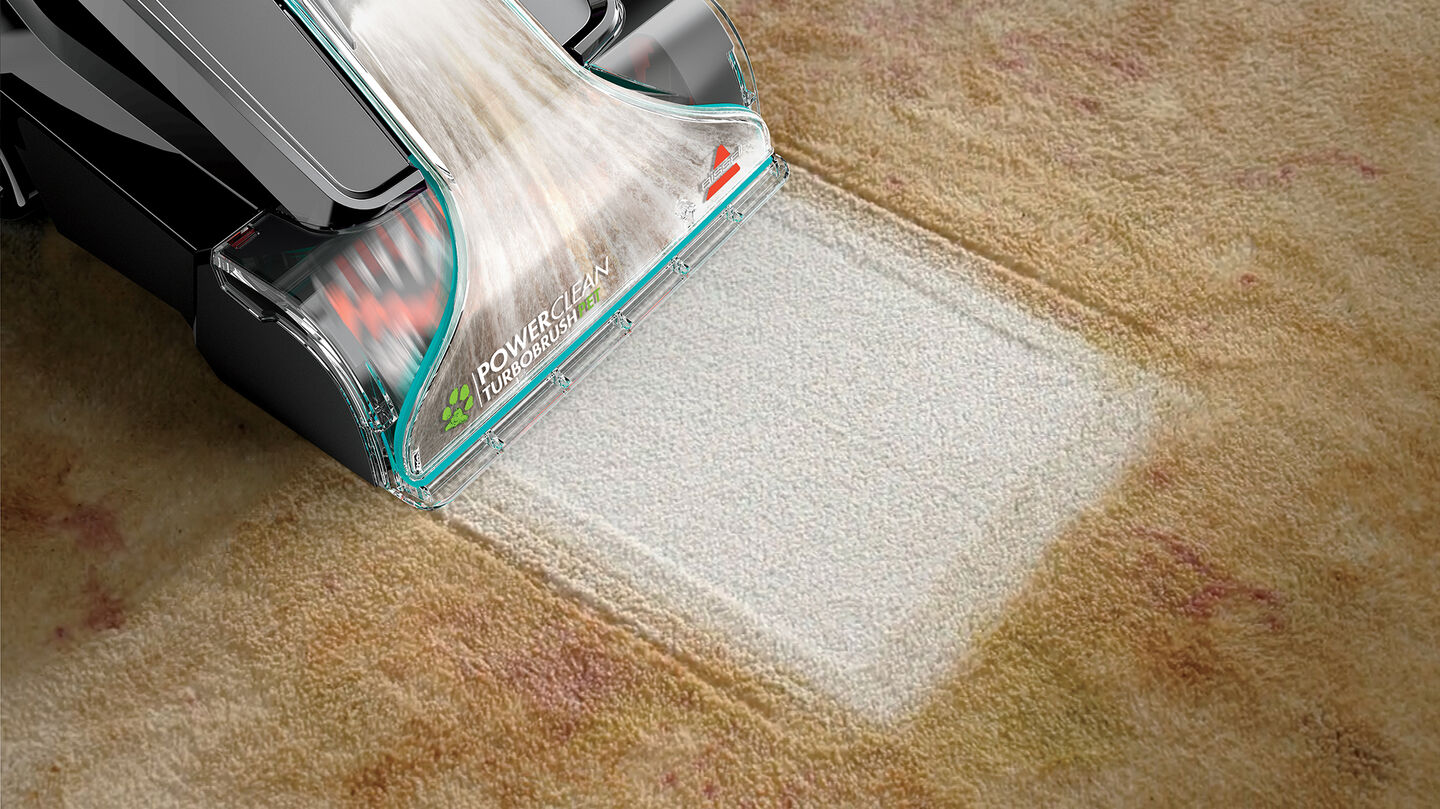
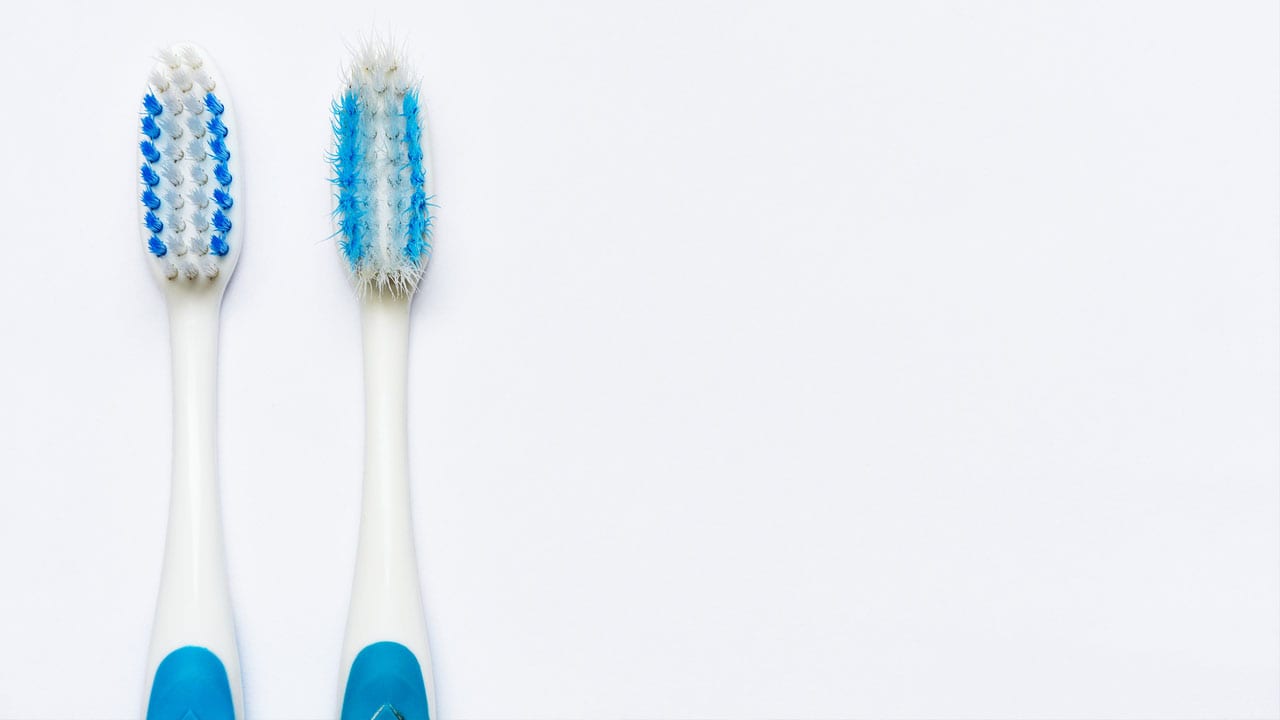
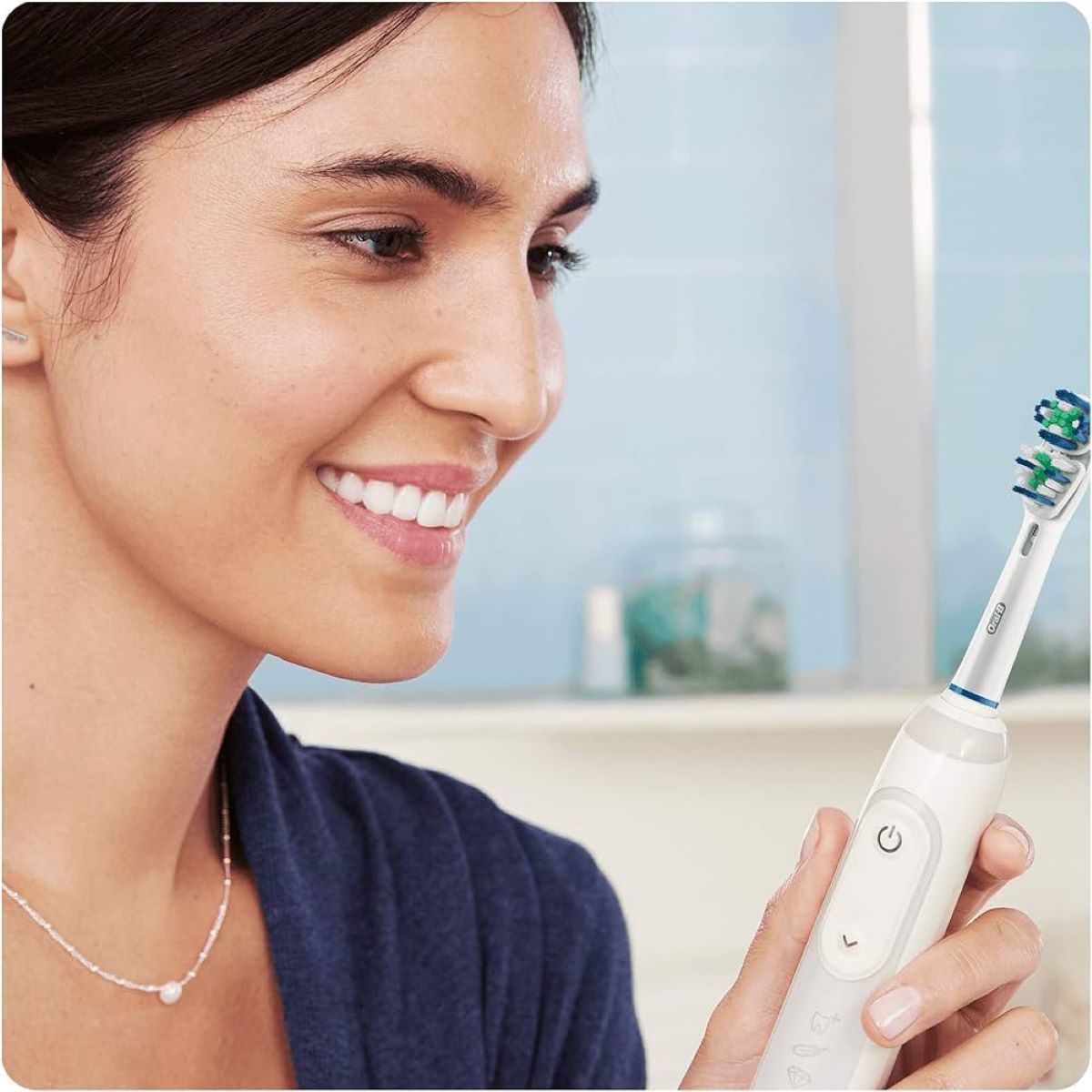

0 thoughts on “How Dirty Is Your Toothbrush?”